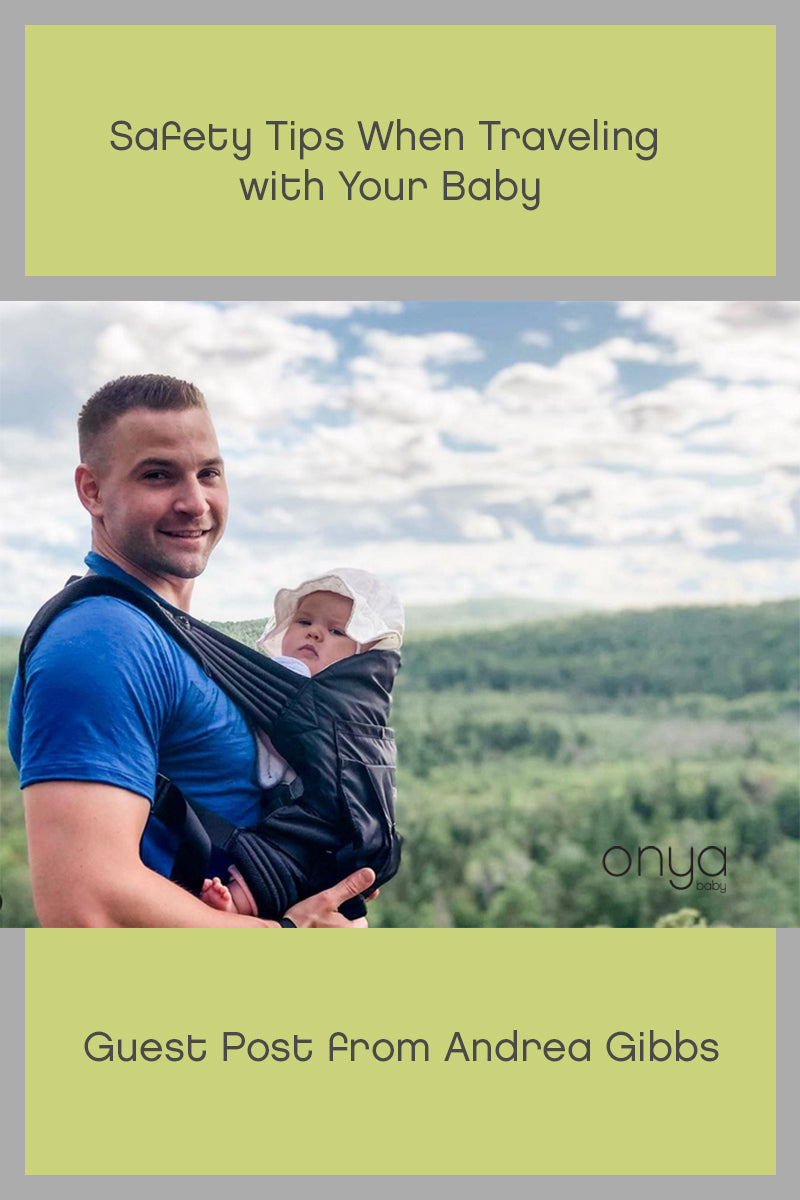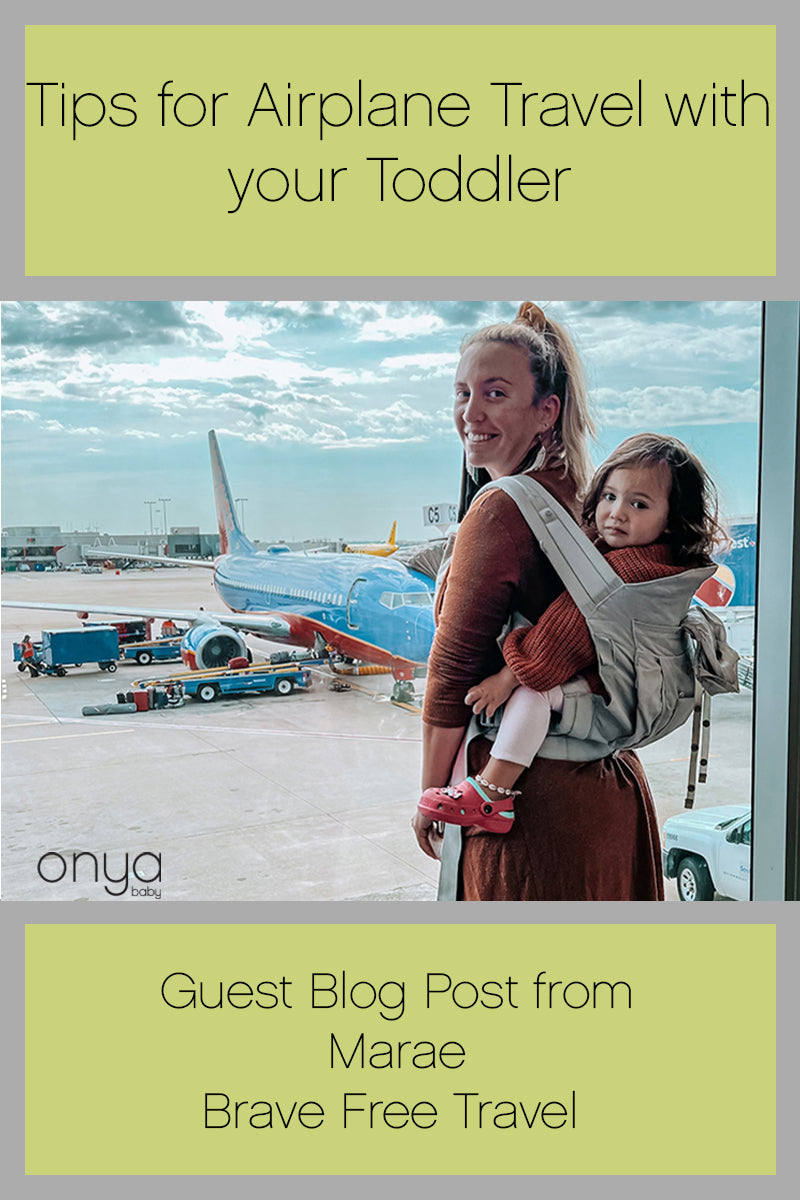Biomechanics of Babywearing: Part 2 – Safety & Comfort for the Wearer
Part two in a two-part guest series by Dr. Andrew Dodge, DC
In my last blog, I discussed the proper biomechanics and positioning of baby while being worn. This blog will cover the best and most comfortable ways to wear your baby as a parent. There are so many different types of carriers and so many carriers within those different categories that it would be very difficult for me to touch on each one; so, instead I will talk about a few types of carriers and why they may be more beneficial than others.
First lets talk about my personal favorite carriers – the soft structured carrier (or SSC). They are my favorite for a couple reasons: the are super easy to put on and take off, they are great for baby’s biomechanics, and they are the easiest on mom or dad’s back. Now I need to be a little more specific when talking about the SSC.

The best ones for both parent and baby are going to be the ones that have two padded shoulder straps as well as a thick padded waist strap. Some less-ergonomically-correct carriers have the shoulder straps but do not give you the support of the waist belt as well. When you have all three straps, the carrier more evenly distributes the weight of your child over both shoulders and your waist. This optimal carrying technique takes pressure off of a few specific muscle groups and distributes the load to your shoulders, back and hips. Biomechanically-correct babywearing makes wearing your child much more comfortable and allows you to do it for a lot longer.

There are a couple things to look for in these soft structured carriers. Like I said before, you want the straps to be wide and well-padded. If they are too narrow they will have a tendency to pinch down on the muscles in your shoulder and could interfere with nerve signals and blood flow down the arms. You also want to make sure that your child is not sitting too low in the carrier. You want baby to be snug against you and close enough to kiss their face easily. Wearing your child too far down on your back or stomach creates extra pressure on your shoulders and makes those muscles work harder. Over time, it also becomes very uncomfortable. The SSCs are some of the best carriers for your comfort and biomechanics as a wearer if these few simple rules are followed.

Similar to the soft structured carriers, some Asian-style carriers (i.e. mei tai ) allow you to distribute weight over your shoulders and waist. They typically are not as padded as a SSC but can be tied in several different ways to allow you to personalize the carry to what is most comfortable to you. Again, just be sure that baby does not sit too low in the carrier and you should be good to go.
With stretchy wraps and woven wraps there are a few things that you have to be aware of. These both typically put more pressure on the shoulders and between the shoulder blades. These wraps, depending on how you wrap them of course, typically will not give you as much support in the waist and will put more pressure higher in your back. (I am definitely not a wrap expert. PAXbaby has a good Woven Wrapping Guide if you’re looking for a little more info!). This isn’t necessarily a bad thing if you have the muscles and stamina to carry your child this way. However, many wearers find that if they wear their baby for too long in wraps that they start to feel pain during wearing or soreness afterwards. If you are experiencing pain at any point in the wearing process you should stop. Try either strengthening the muscles that are taking on most of the weight, decreasing the amount of time you have your baby wrapped, or wrapping a different way. Wearing your baby should never be painful or uncomfortable.

The last carriers I will talk about are slings. These are awesome ways to carry your child, however, they are not the most biomechanically beneficial carriers for the wearer. They put all of the weight on one shoulder or one shoulder and one hip (depending on the size of the child being worn). The best way to wear slings to have the smallest detrimental impact on the wearer’s body is to only wear the sling for short periods of time. Also alternate the side that the sling is on (i.e. one time wear it over the left shoulder and the next wear it over the right). Doing this will keep more balance in muscle groups and the spine than wearing your child in a sling for a long period of time on one side consistently.
As I said at the beginning there are a lot of different carrier styles out there and a lot of different carriers in each style. These are just a few general styles that are most commonly worn or talked about. Regardless of the style of carrier, there are a few things to be aware of to better your experience as the wearer. Firstly try to distribute the weight of your child over a wide area (i.e. shoulders and hips) evenly. Also make sure your child is worn snugly against your body. Wearing a child too loosely will put added pressure around your shoulders and become uncomfortable. And finally babywearing should never be painful. If it is you need to try to find a different way to carry your child in the same wrap or carrier, find a different carrier, or wear your child for shorter periods of time until you build up the stamina in those specific muscle groups that are becoming fatigued. Babywearing should be an awesome experience for baby and wearer both, and wearing your baby in a position that is biomechanically correct for you and your child and you can help make that possible.
About Dr. Andrew Dodge, DC:
 Dr. Andrew currently lives in Staunton, Virginia, with his wife Nicole and their son Luke (1 year old). He is a chiropractor and owner of Valley Family Wellness & Chiropractic, specializing in treatment for expectant mothers and children. In addition to his doctor of chiropractic degree, he is also in the process of certifying for a diplomate in neurology as well as an advanced certification in pediatric care. Dr. Andrew and Nicole are enthusiastic babywearing advocates and have established the Shenandoah Valley’s first babywearing library!
Dr. Andrew currently lives in Staunton, Virginia, with his wife Nicole and their son Luke (1 year old). He is a chiropractor and owner of Valley Family Wellness & Chiropractic, specializing in treatment for expectant mothers and children. In addition to his doctor of chiropractic degree, he is also in the process of certifying for a diplomate in neurology as well as an advanced certification in pediatric care. Dr. Andrew and Nicole are enthusiastic babywearing advocates and have established the Shenandoah Valley’s first babywearing library!






